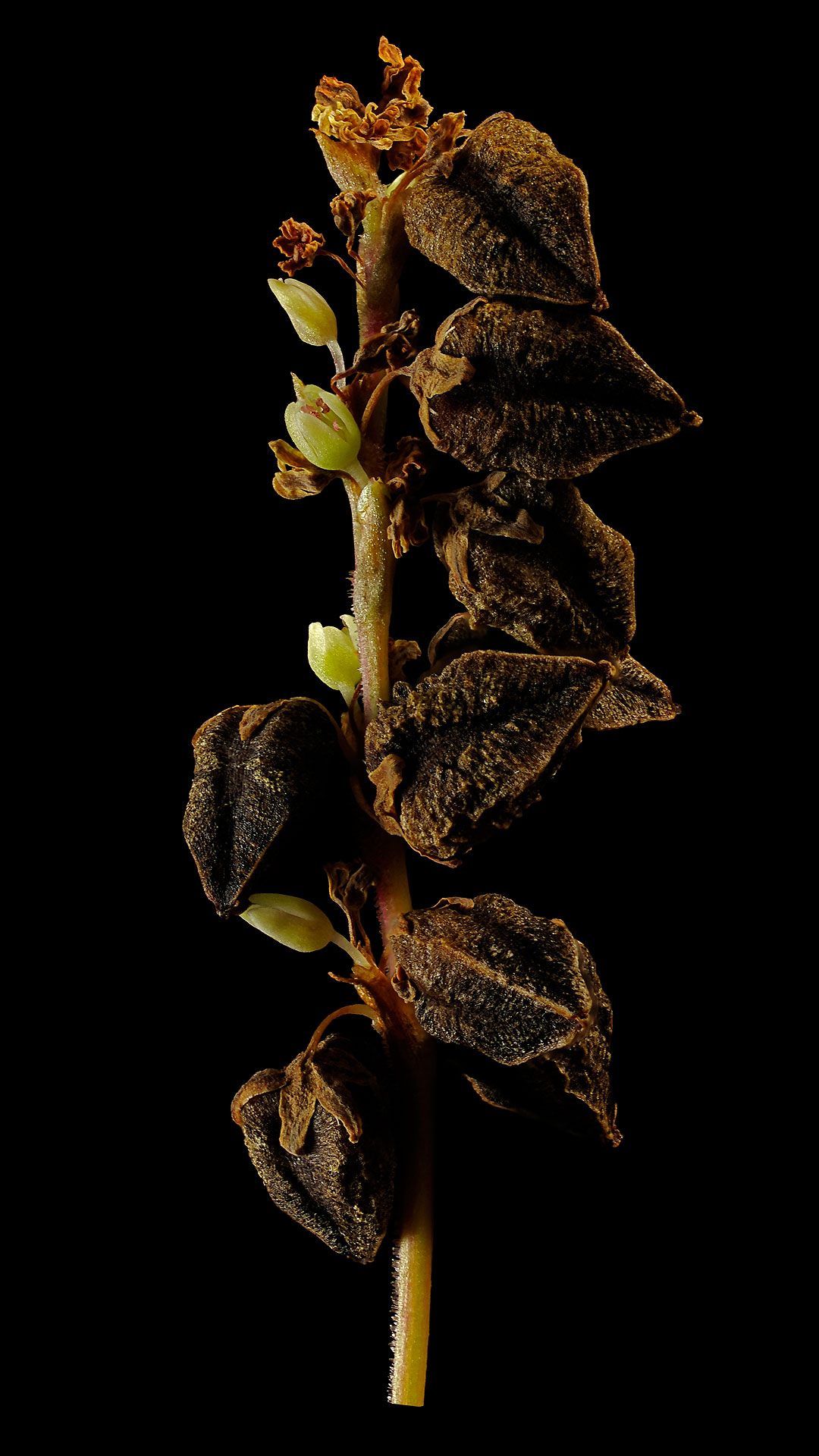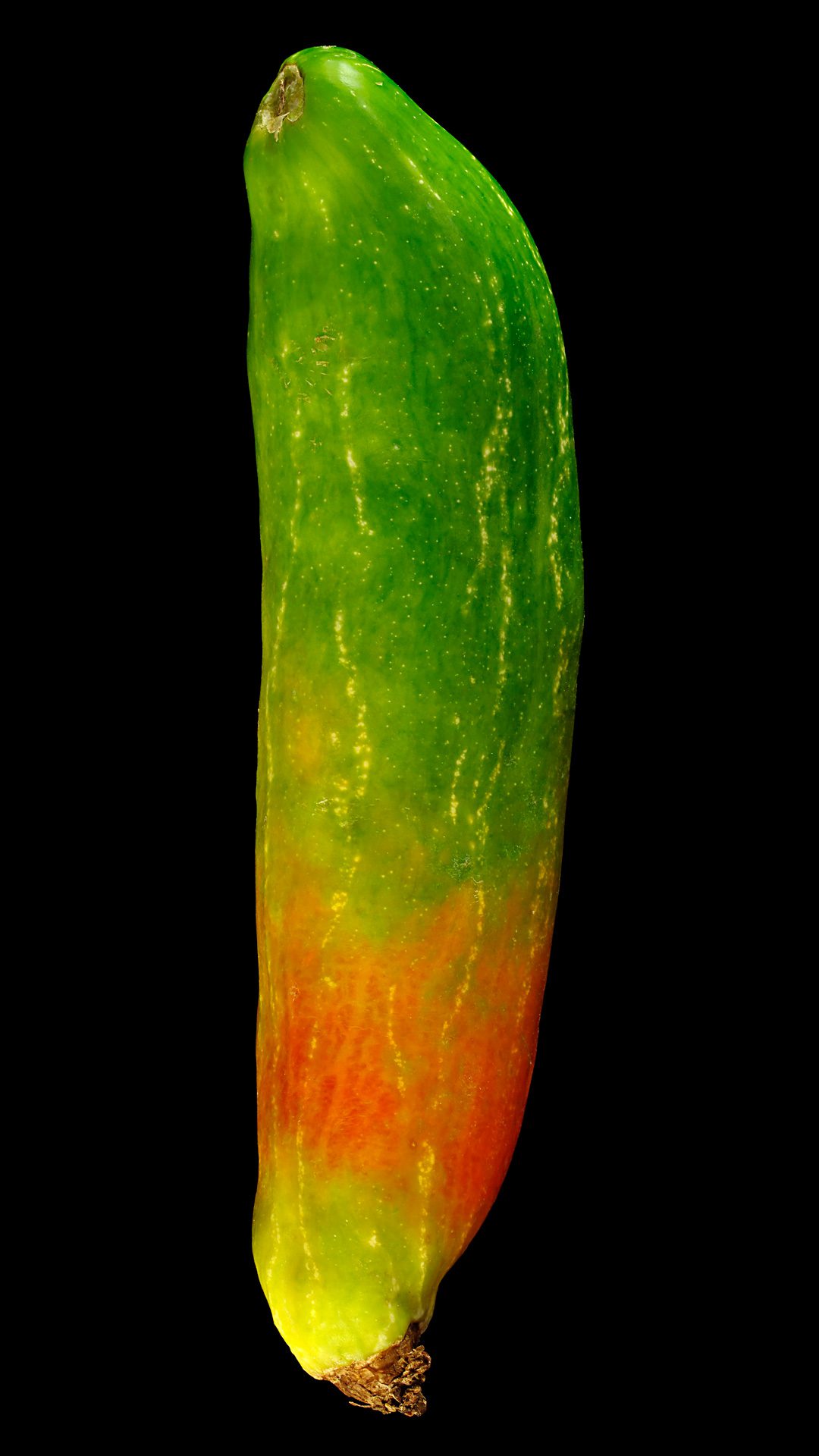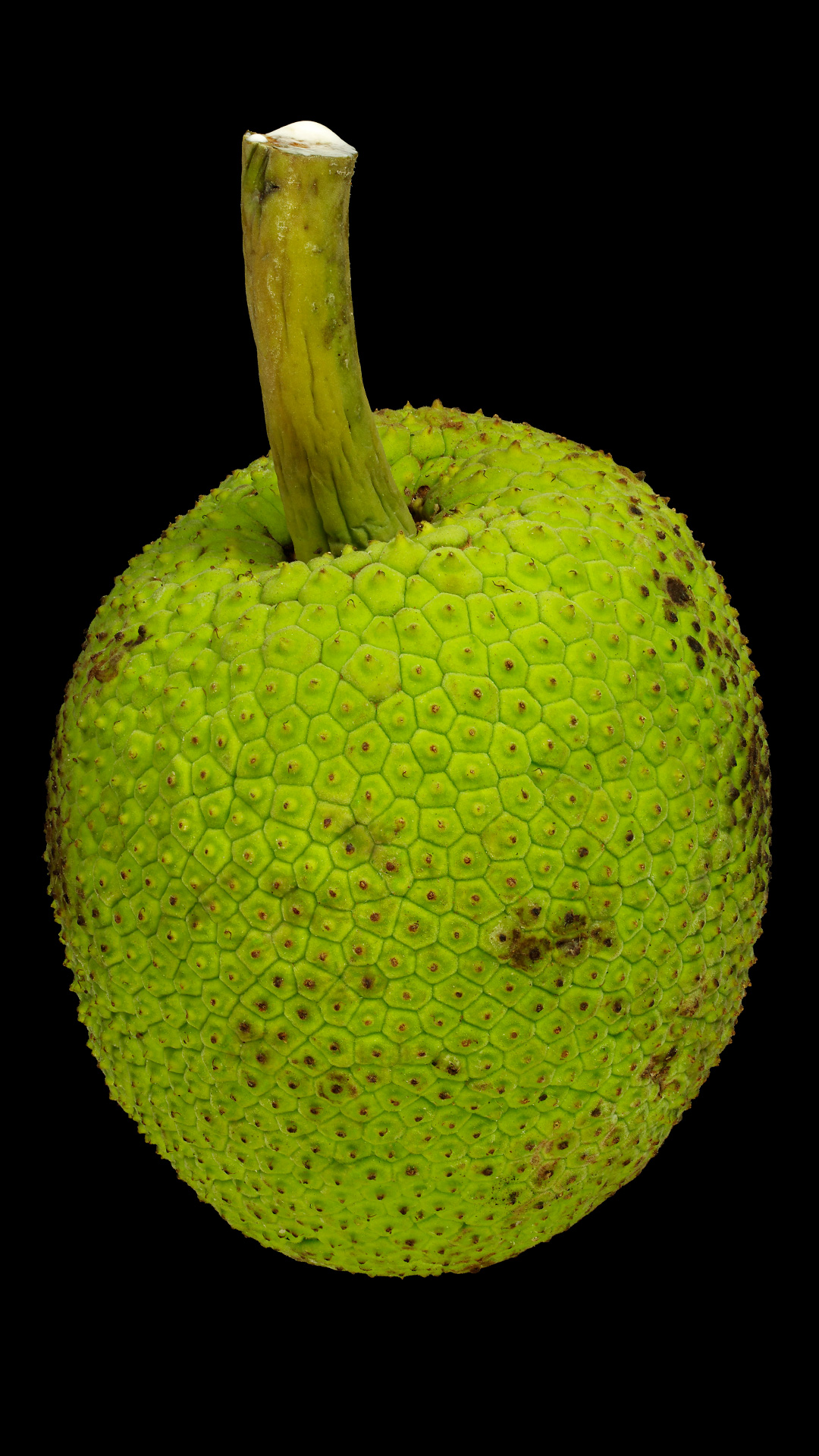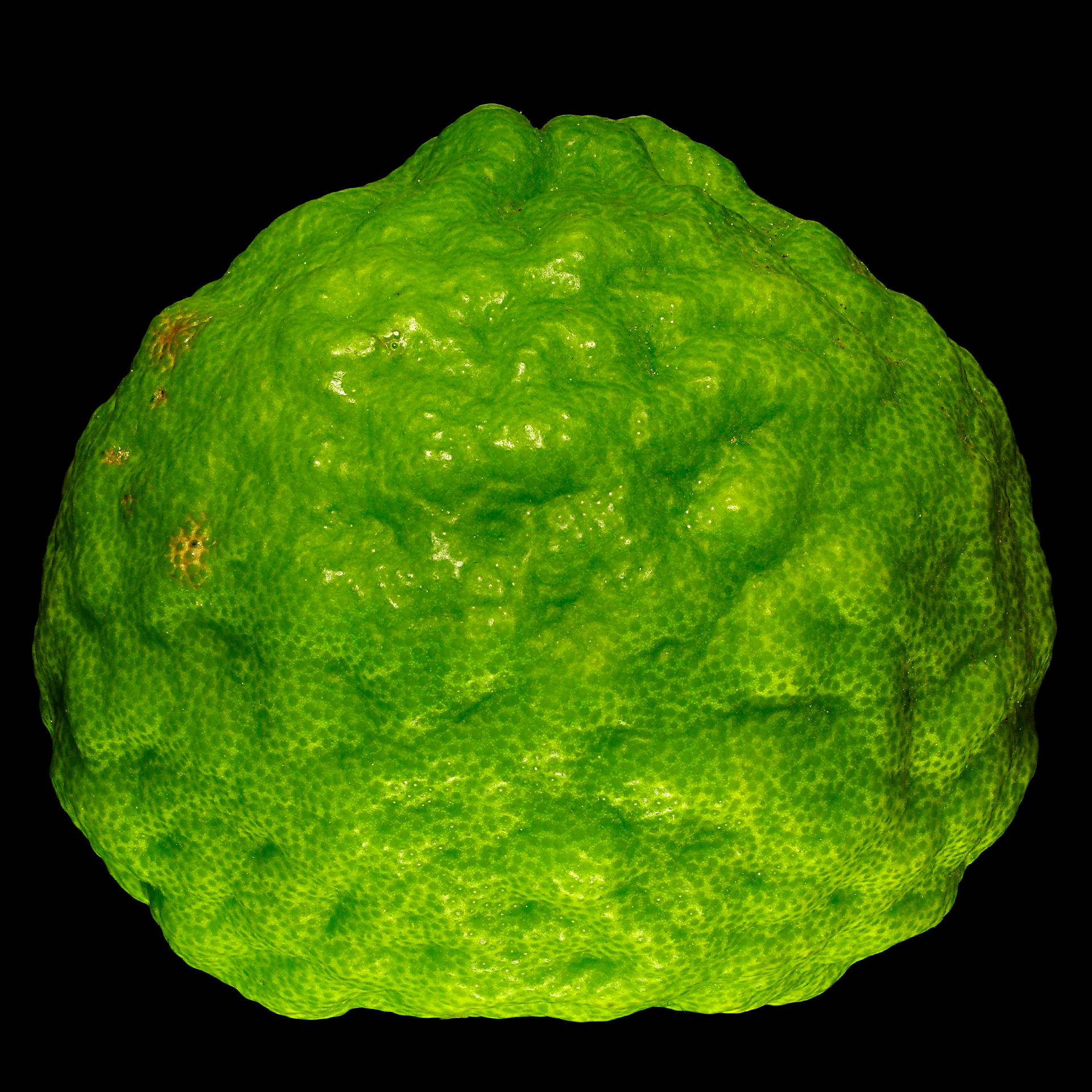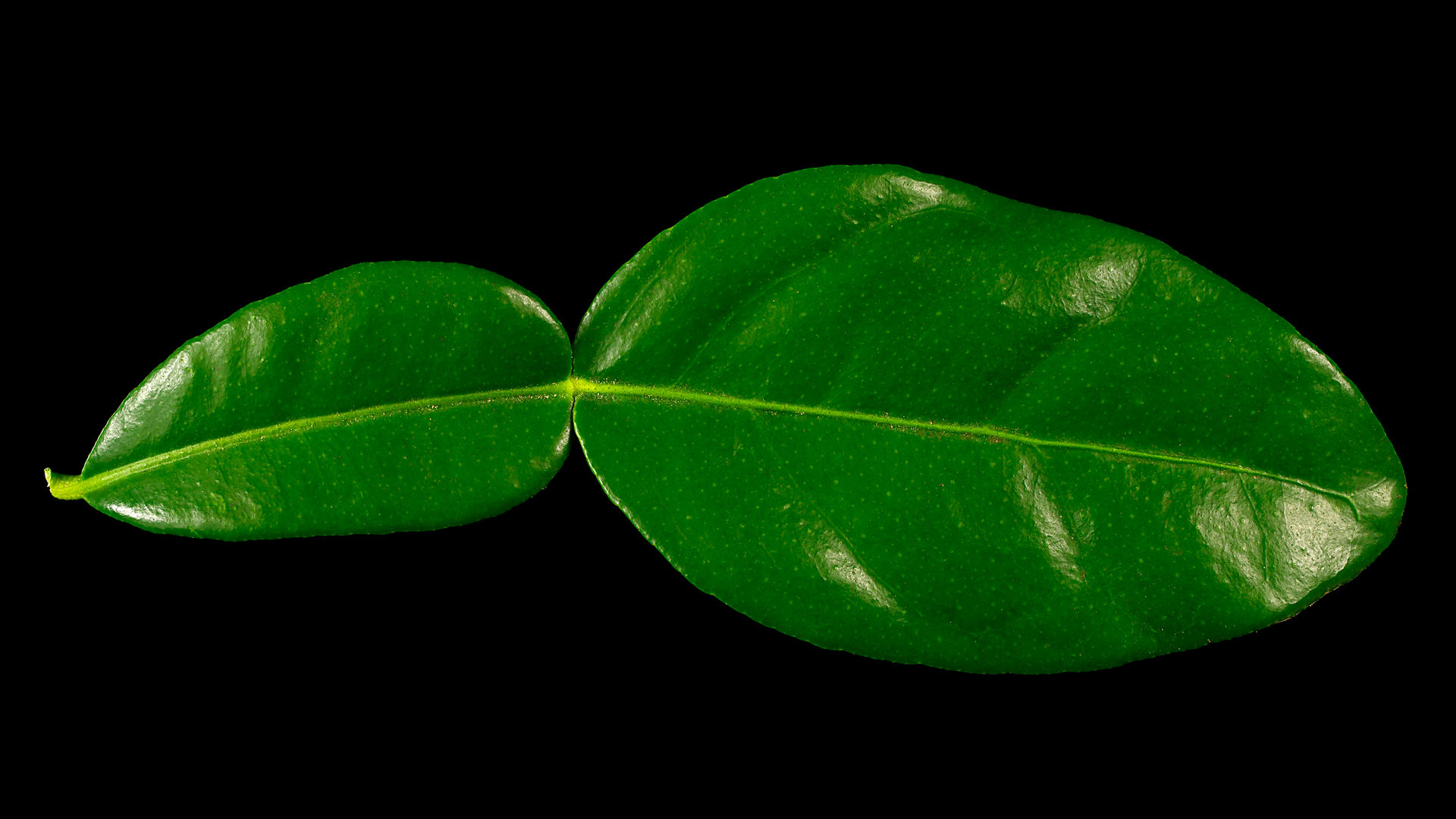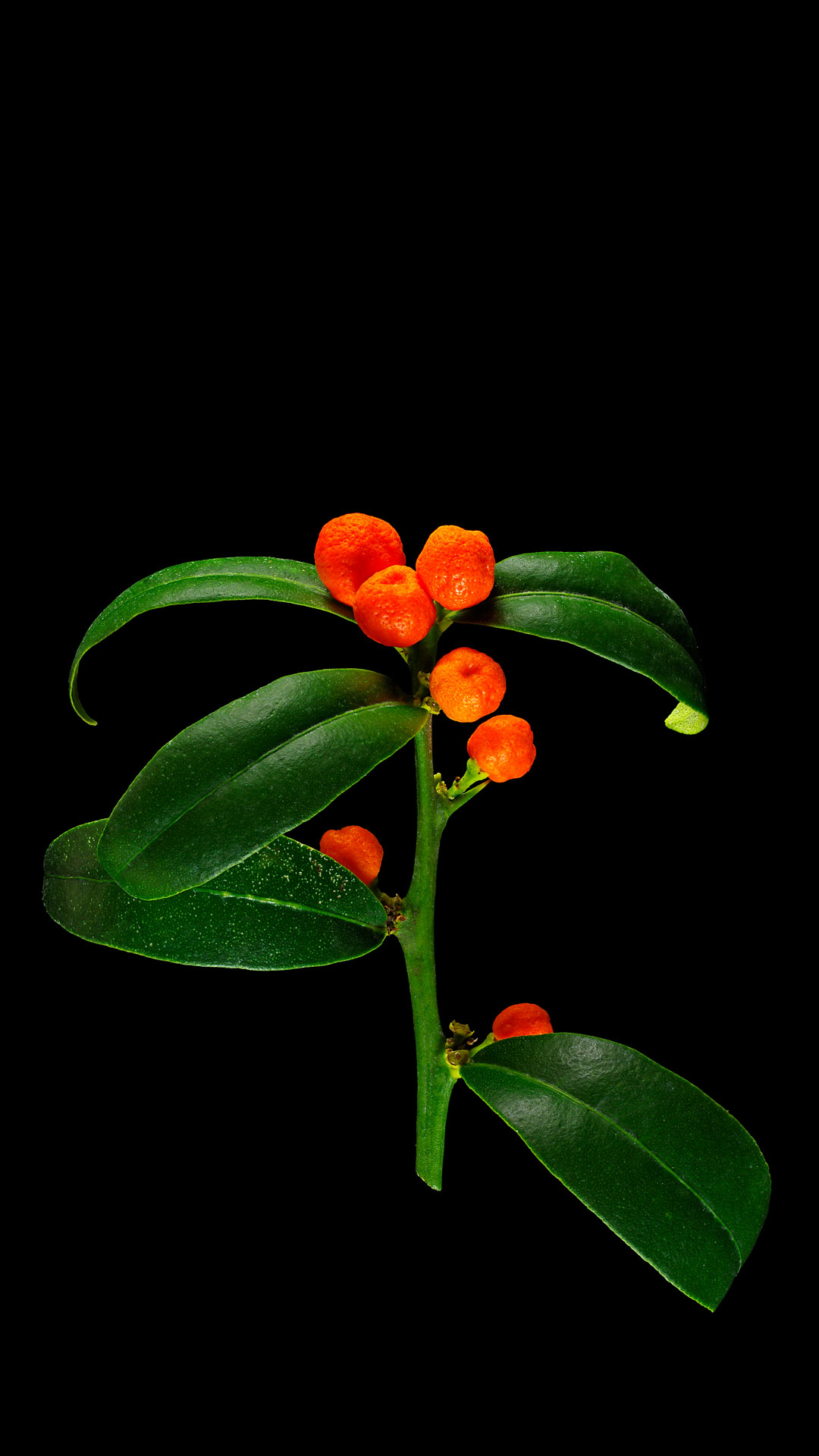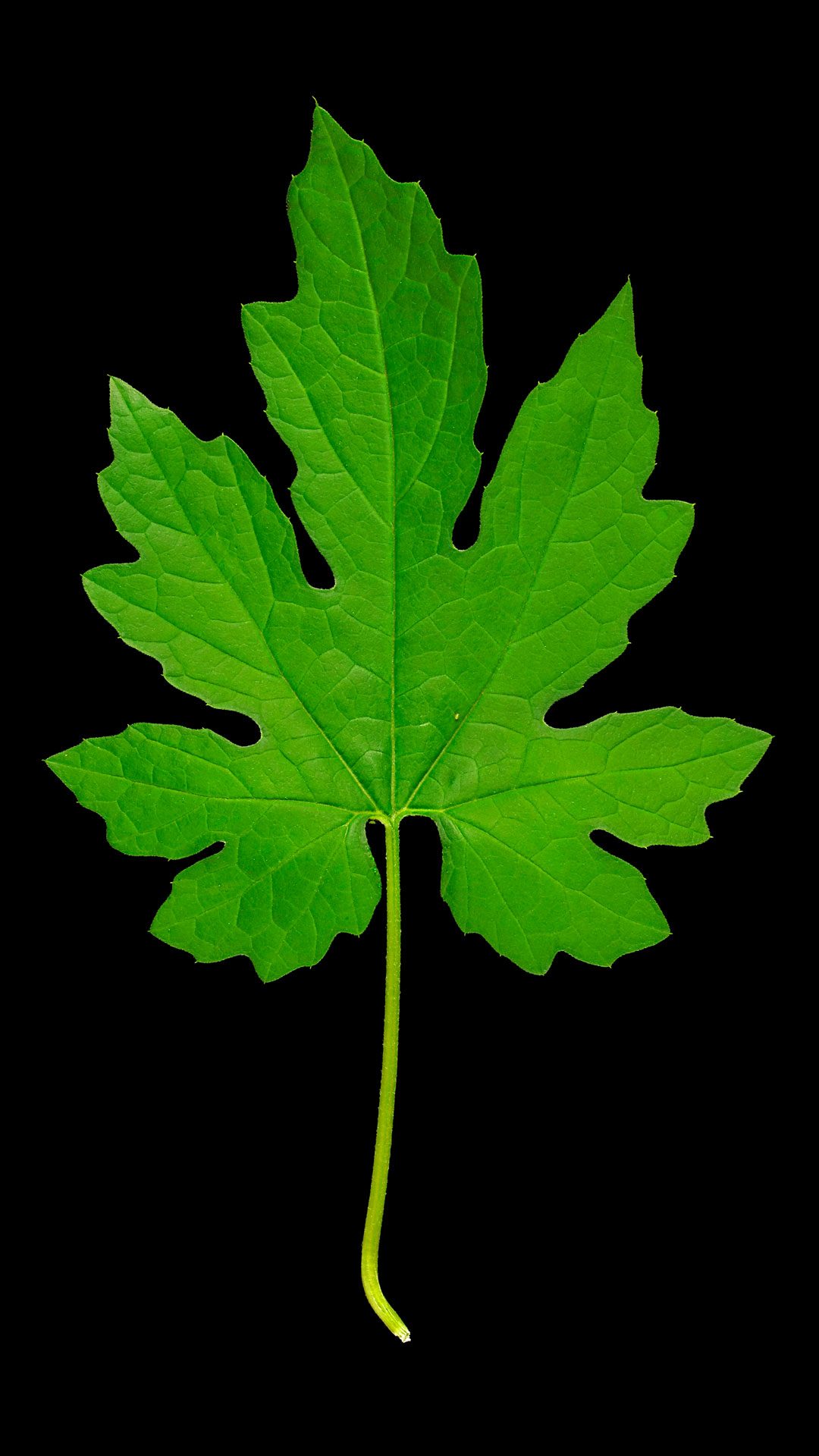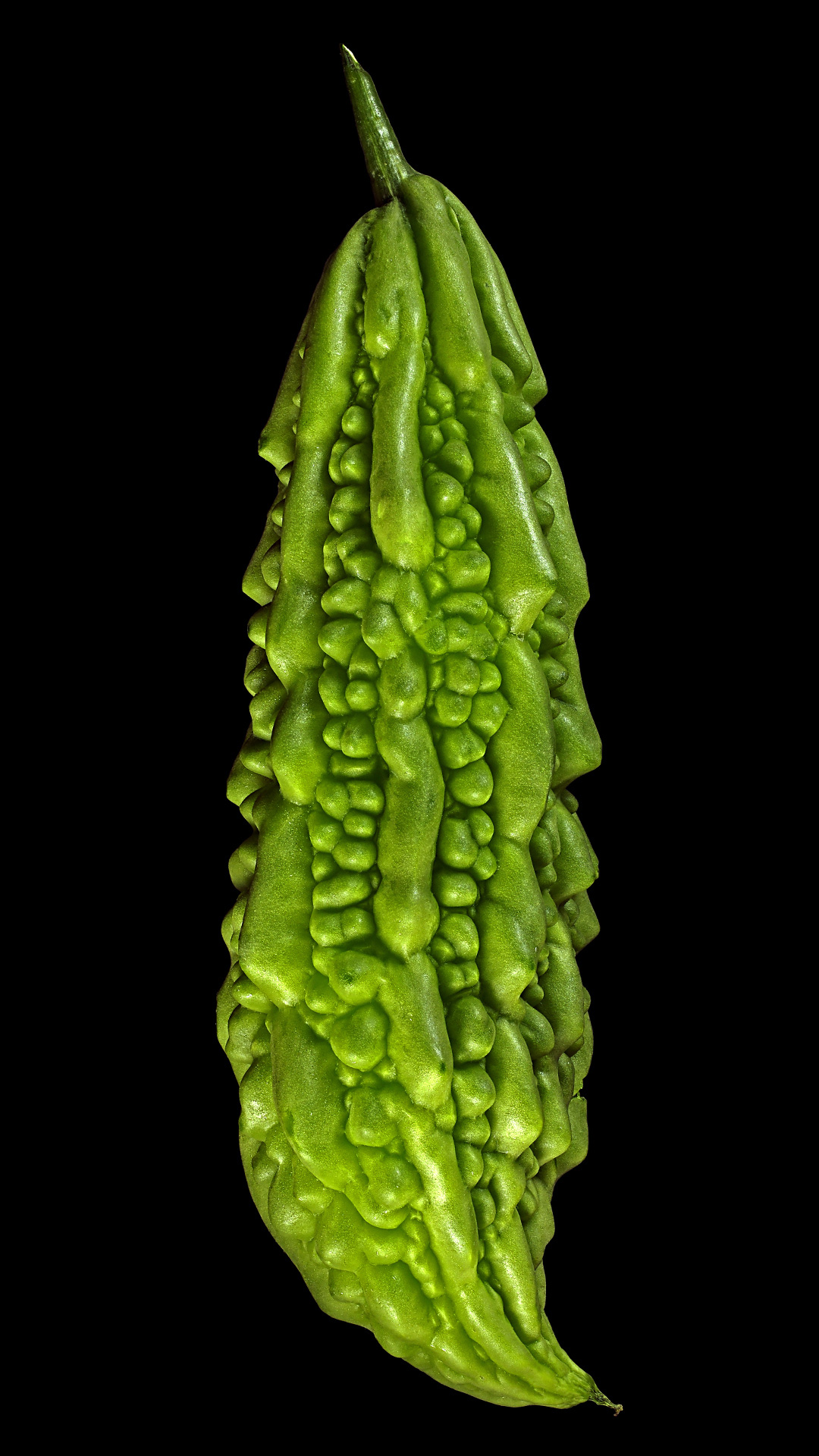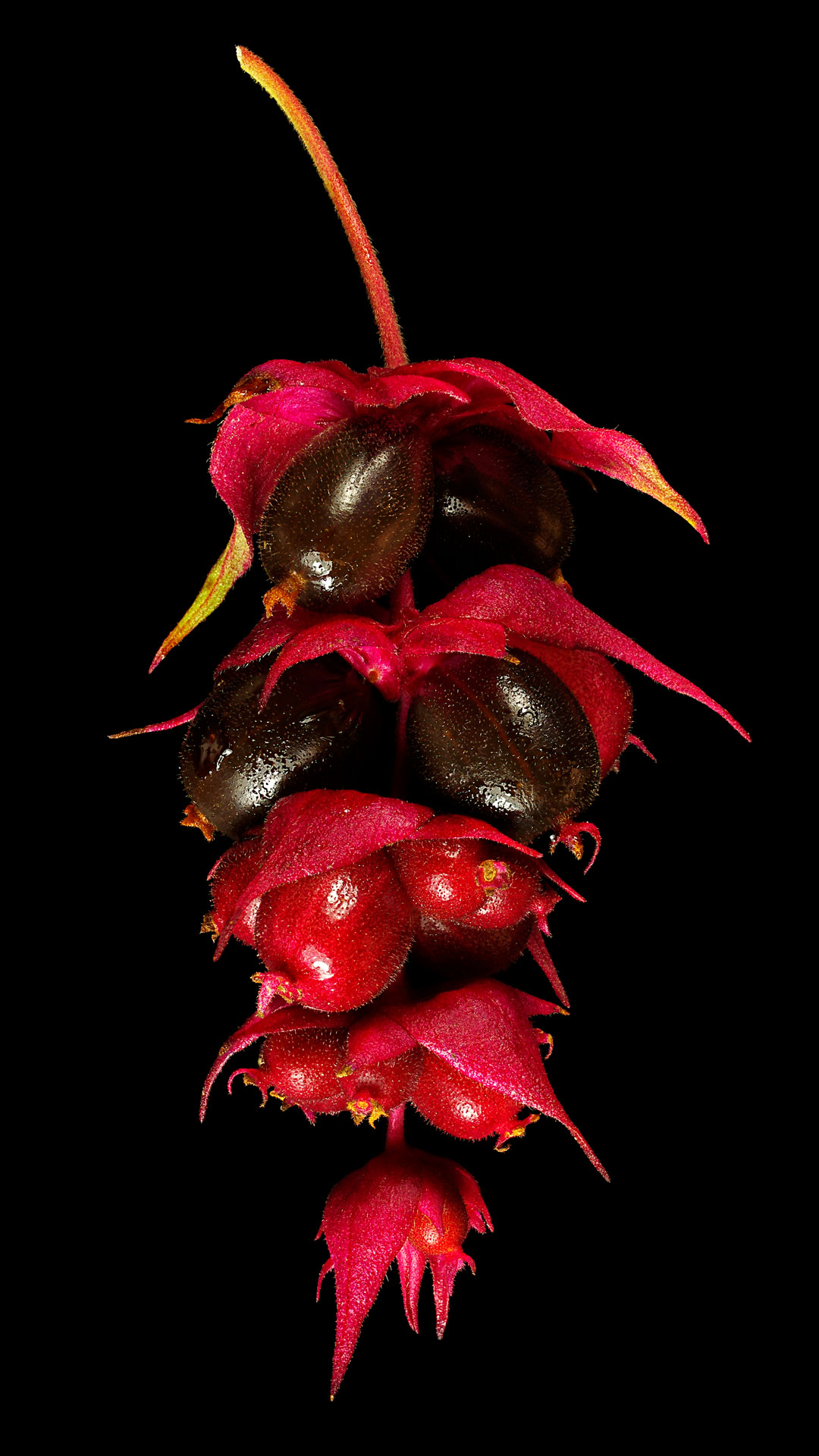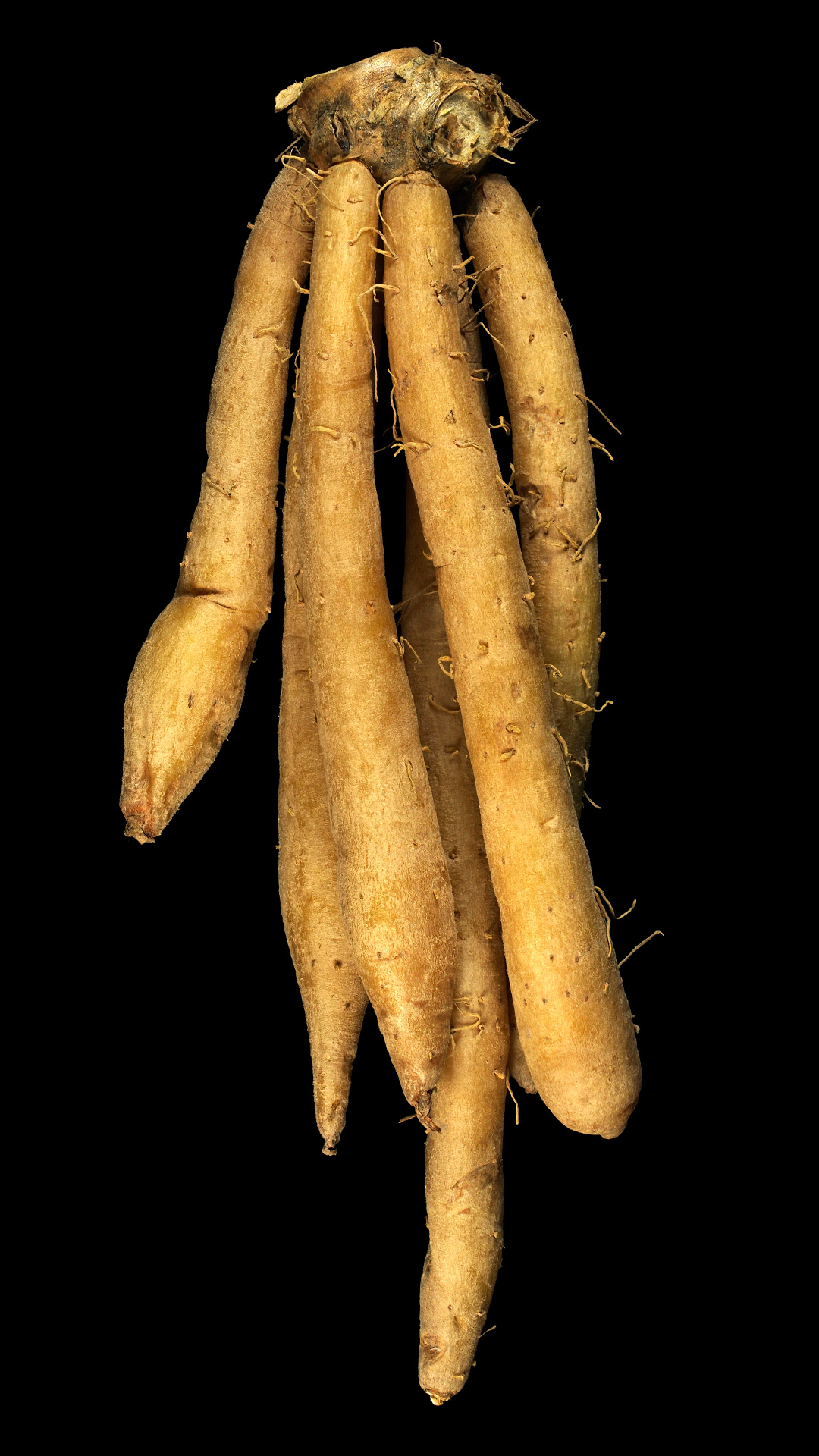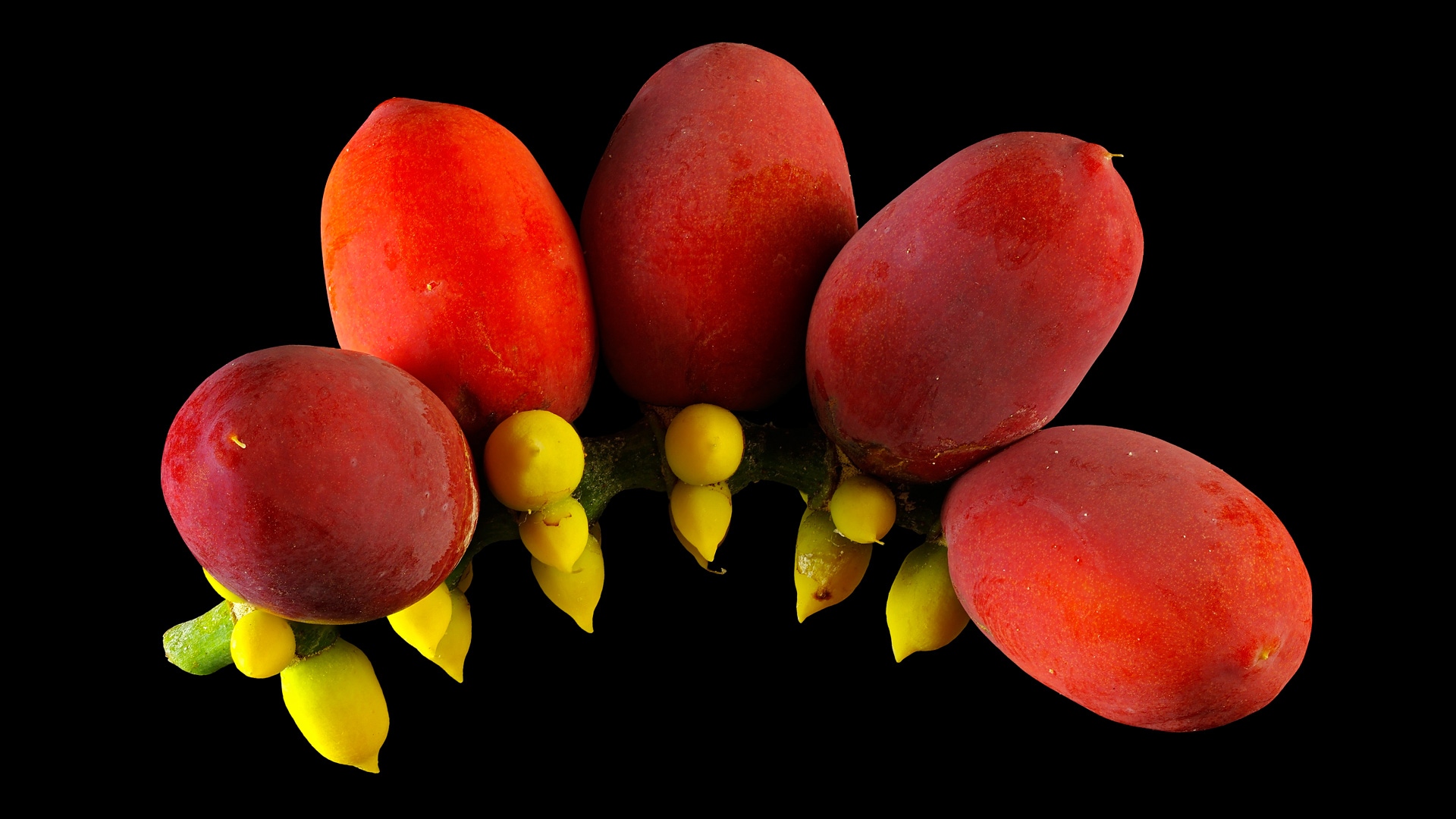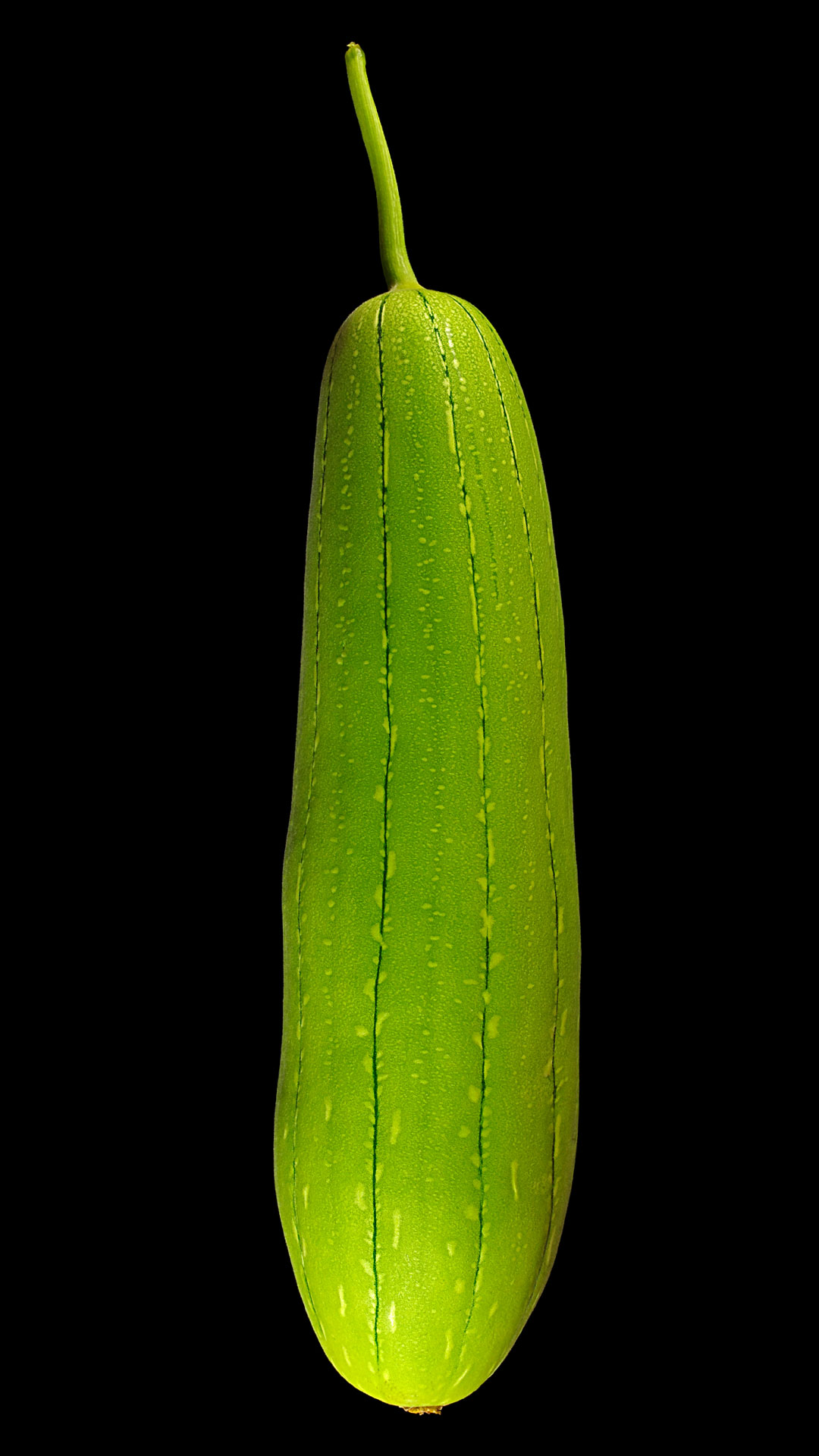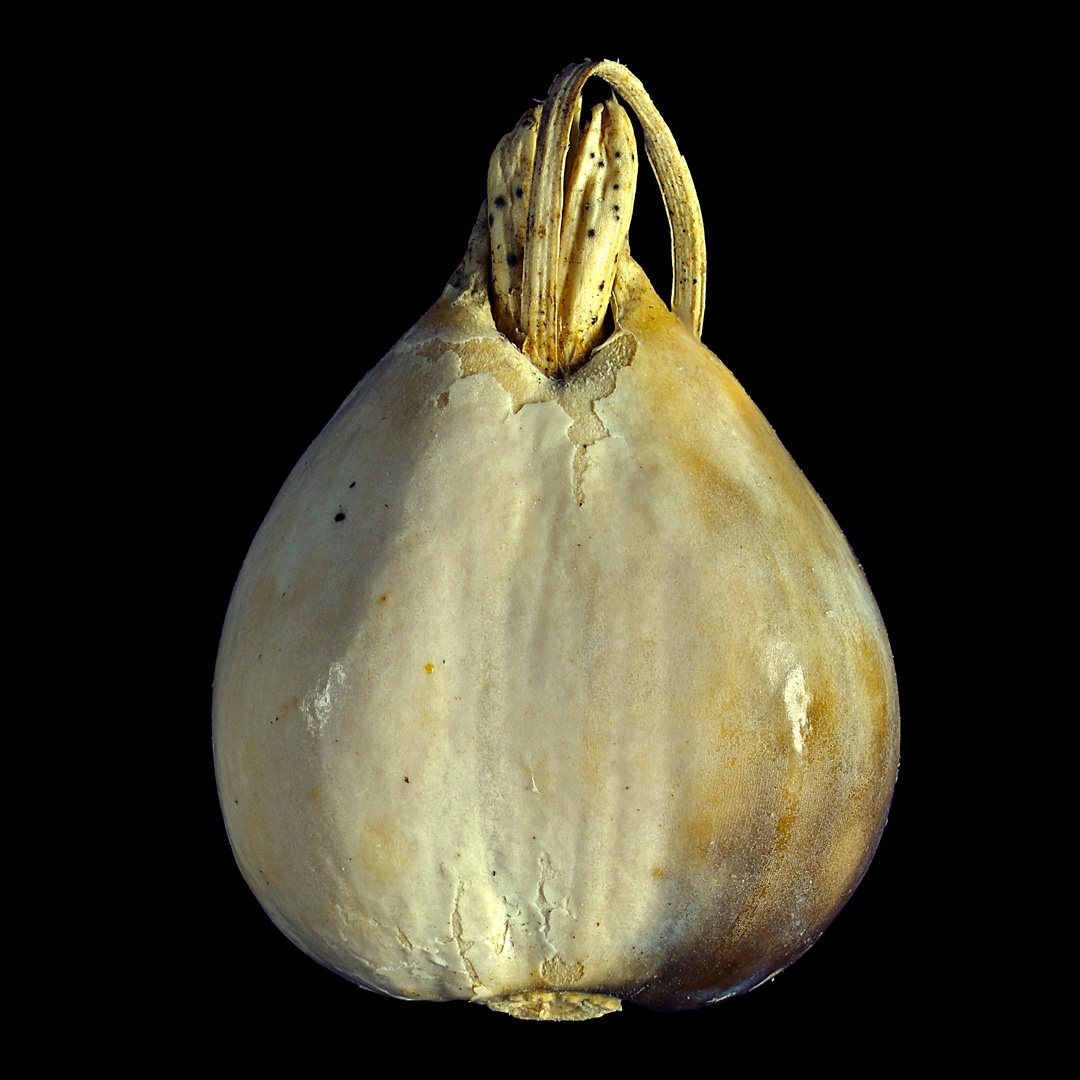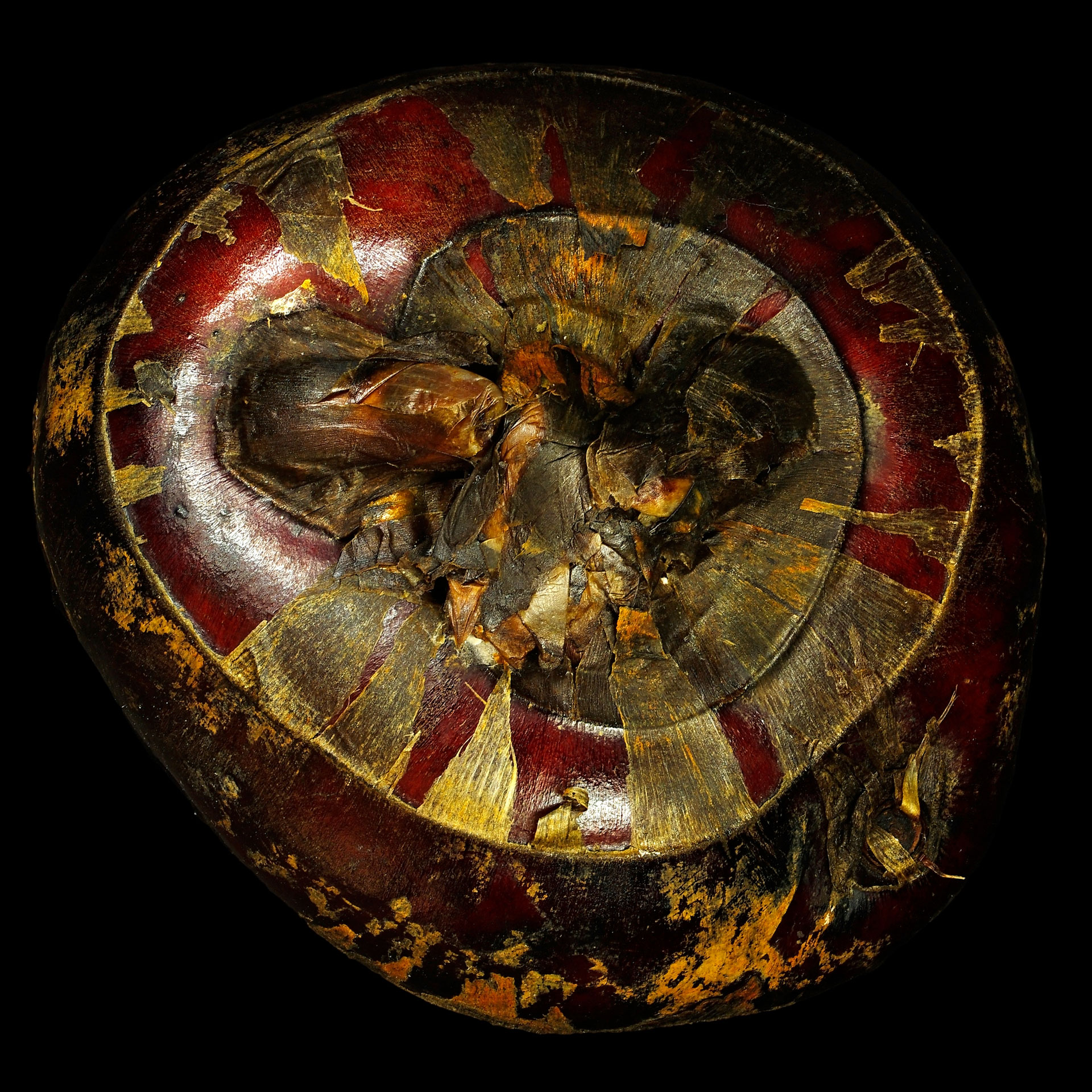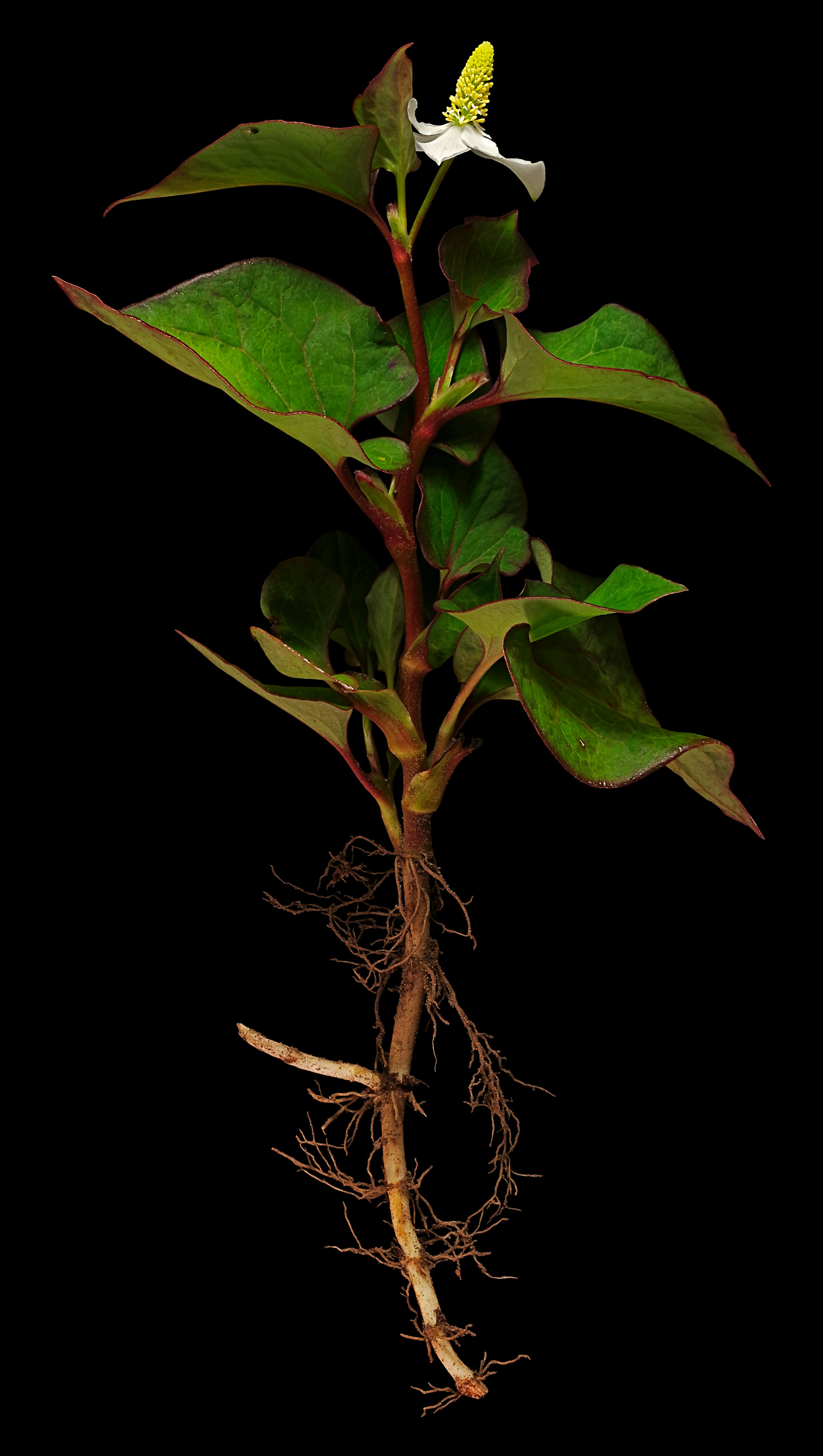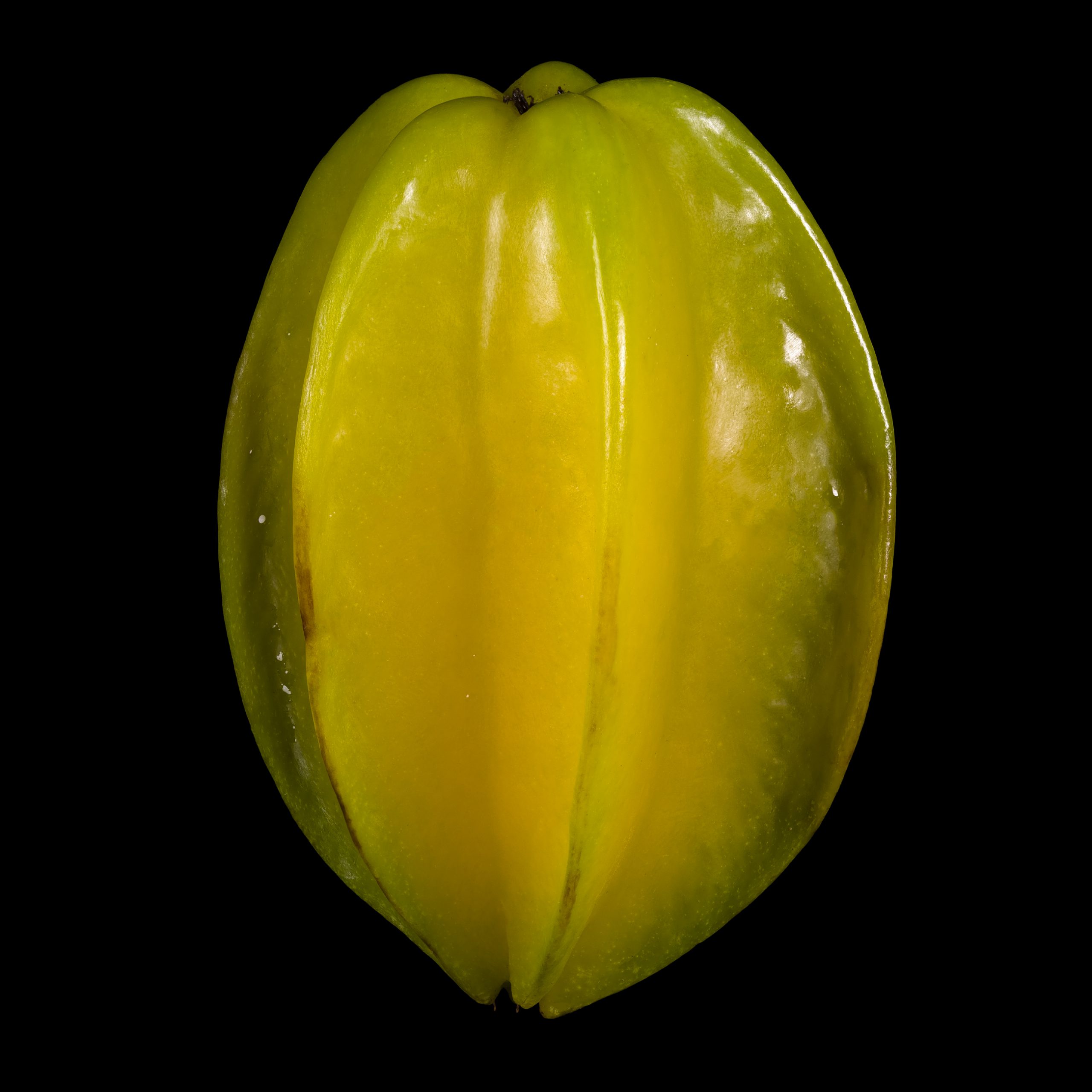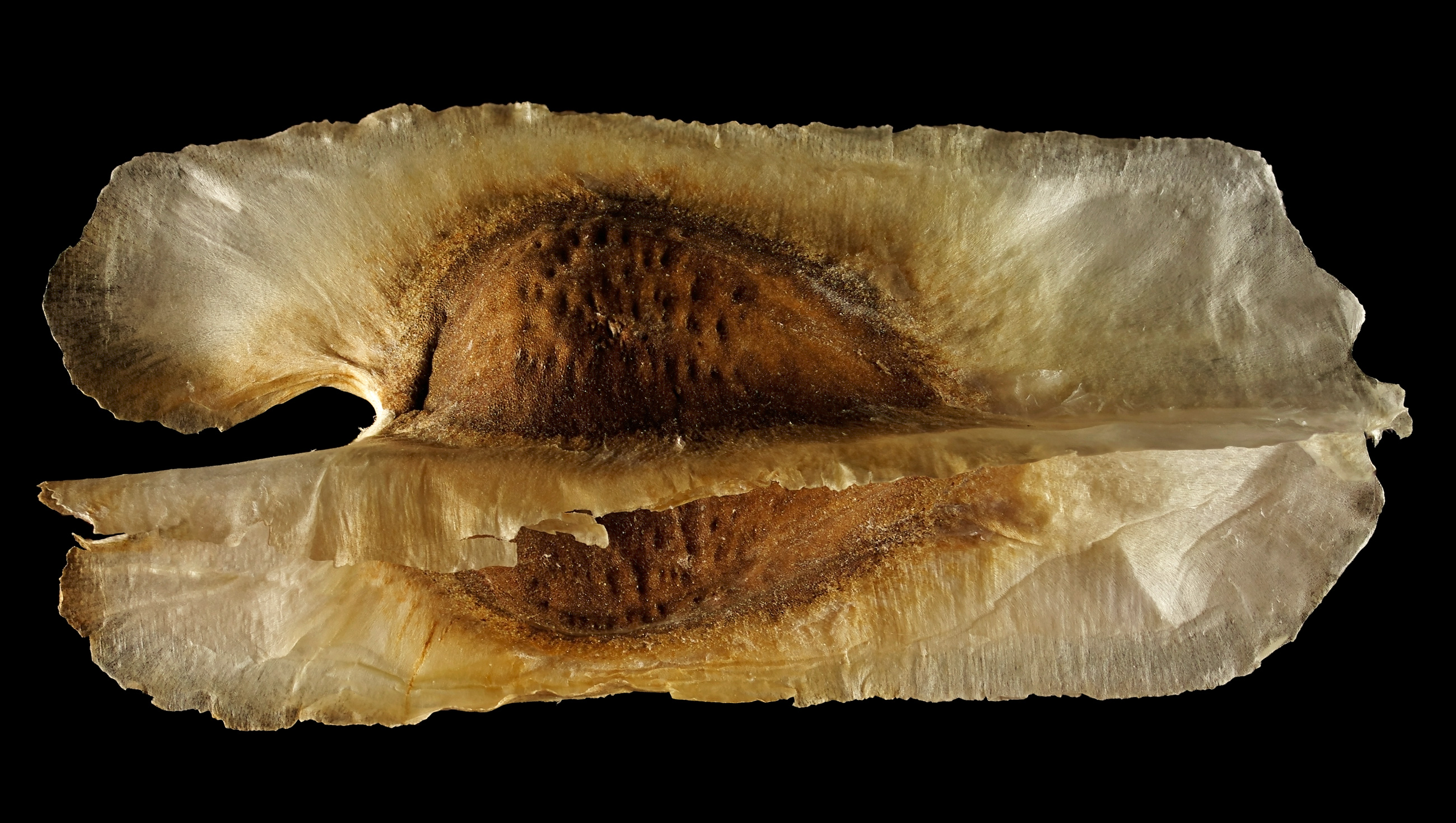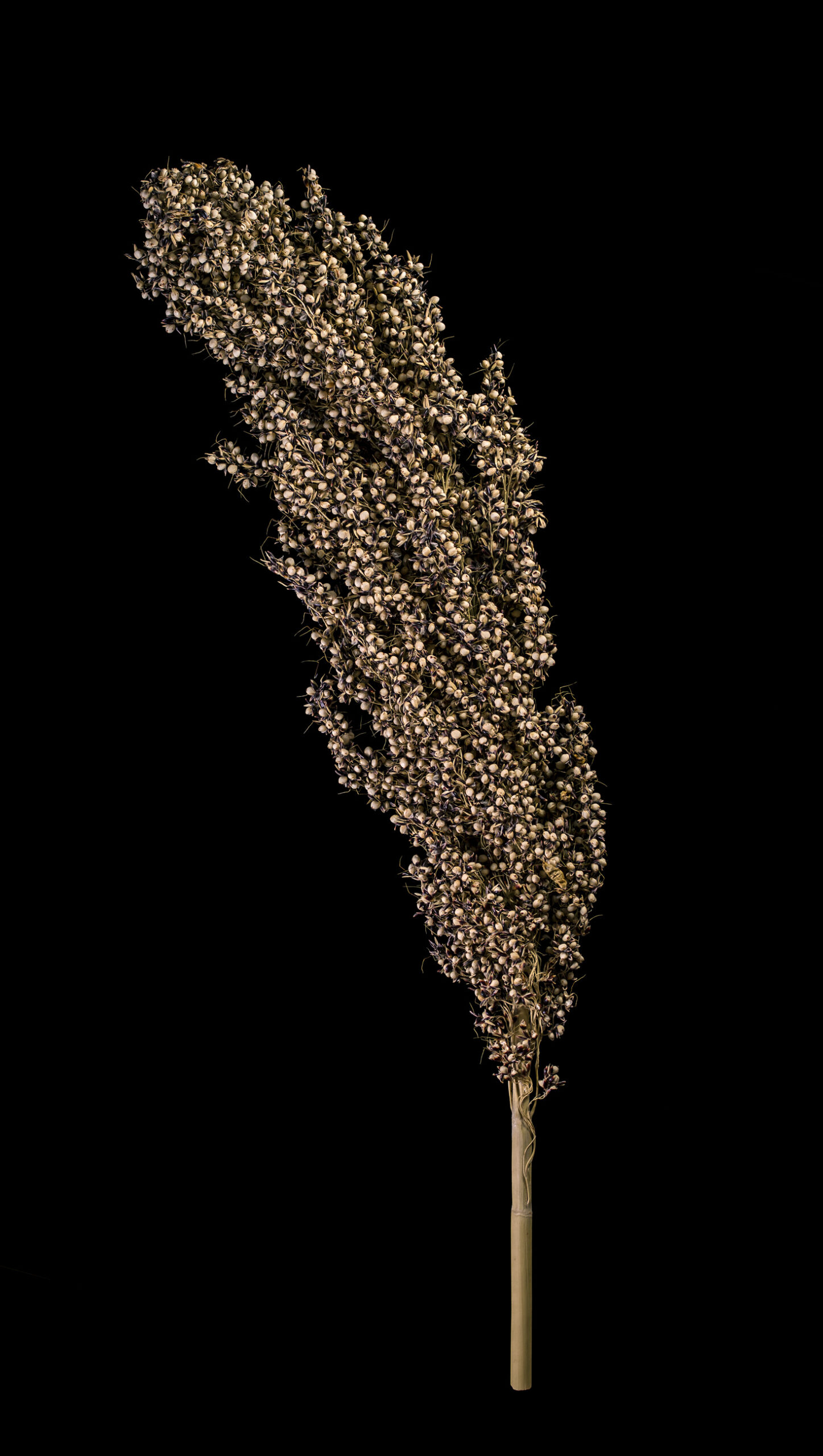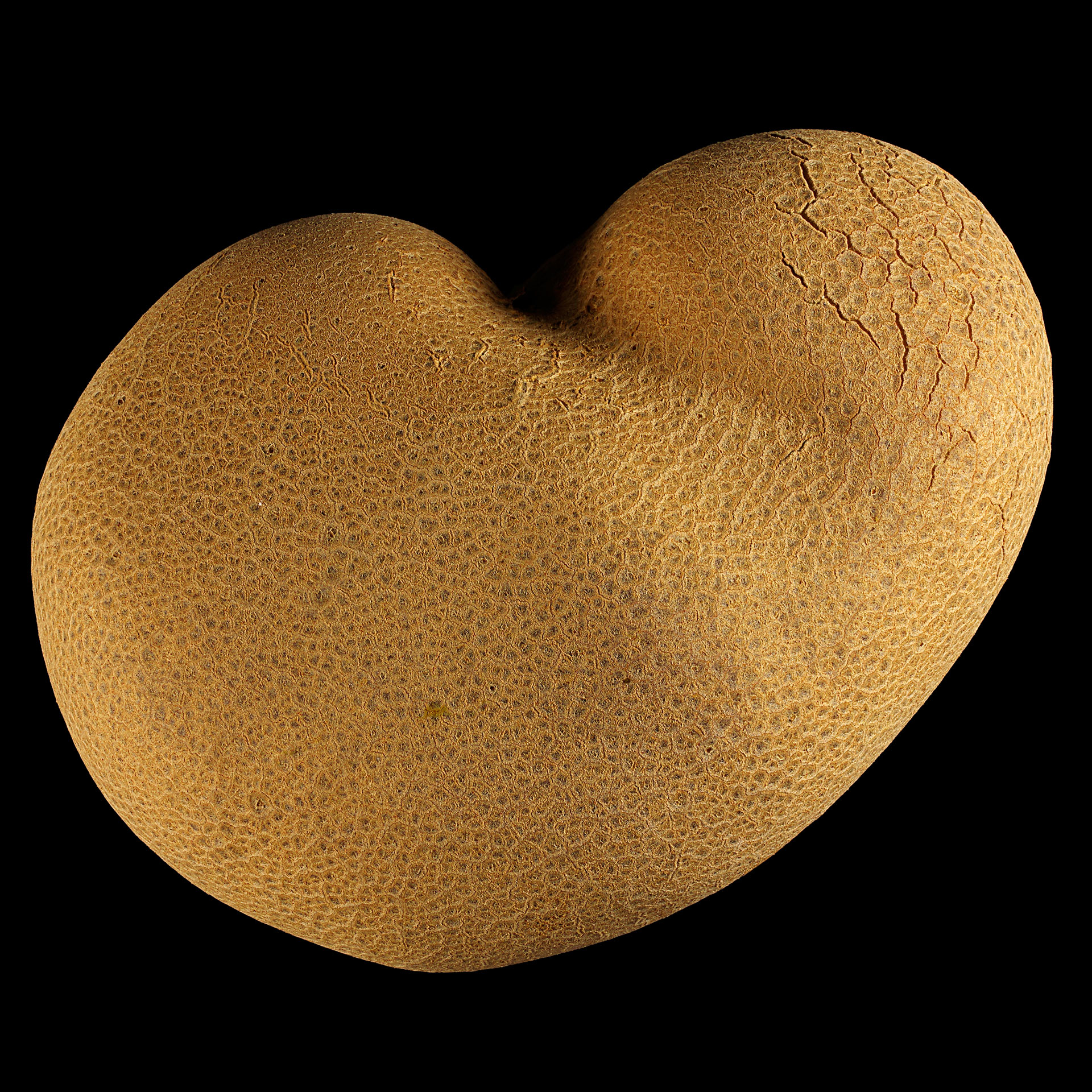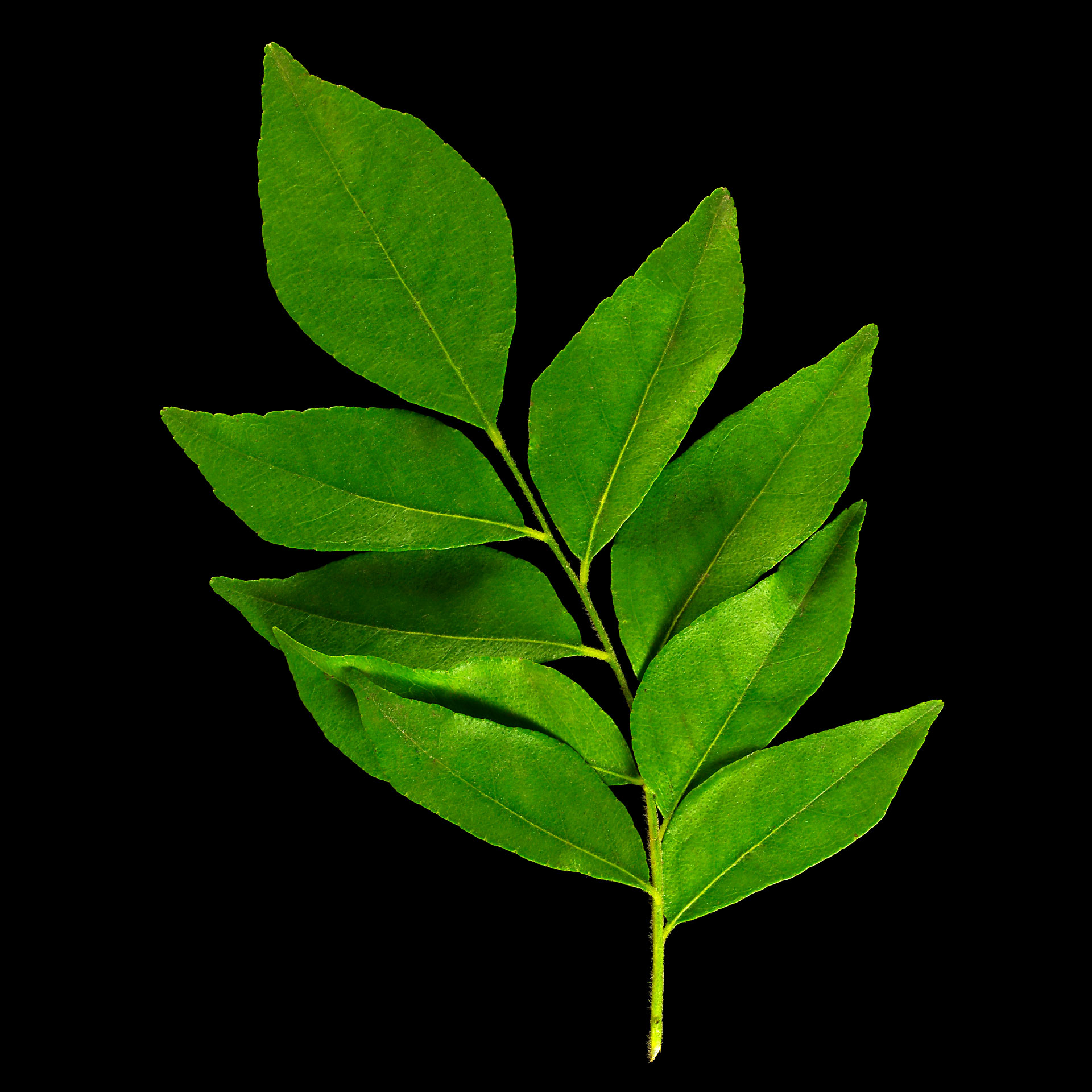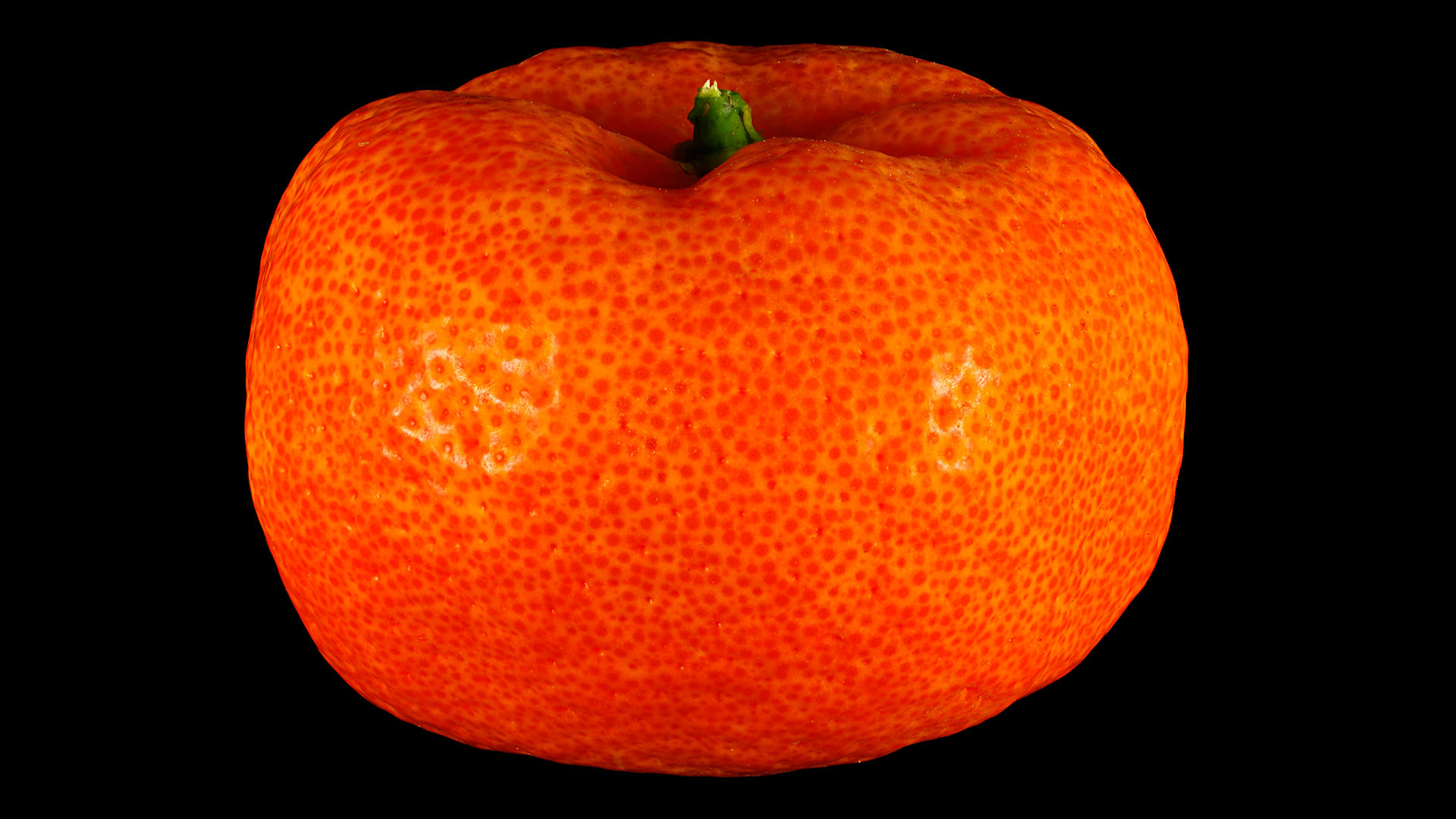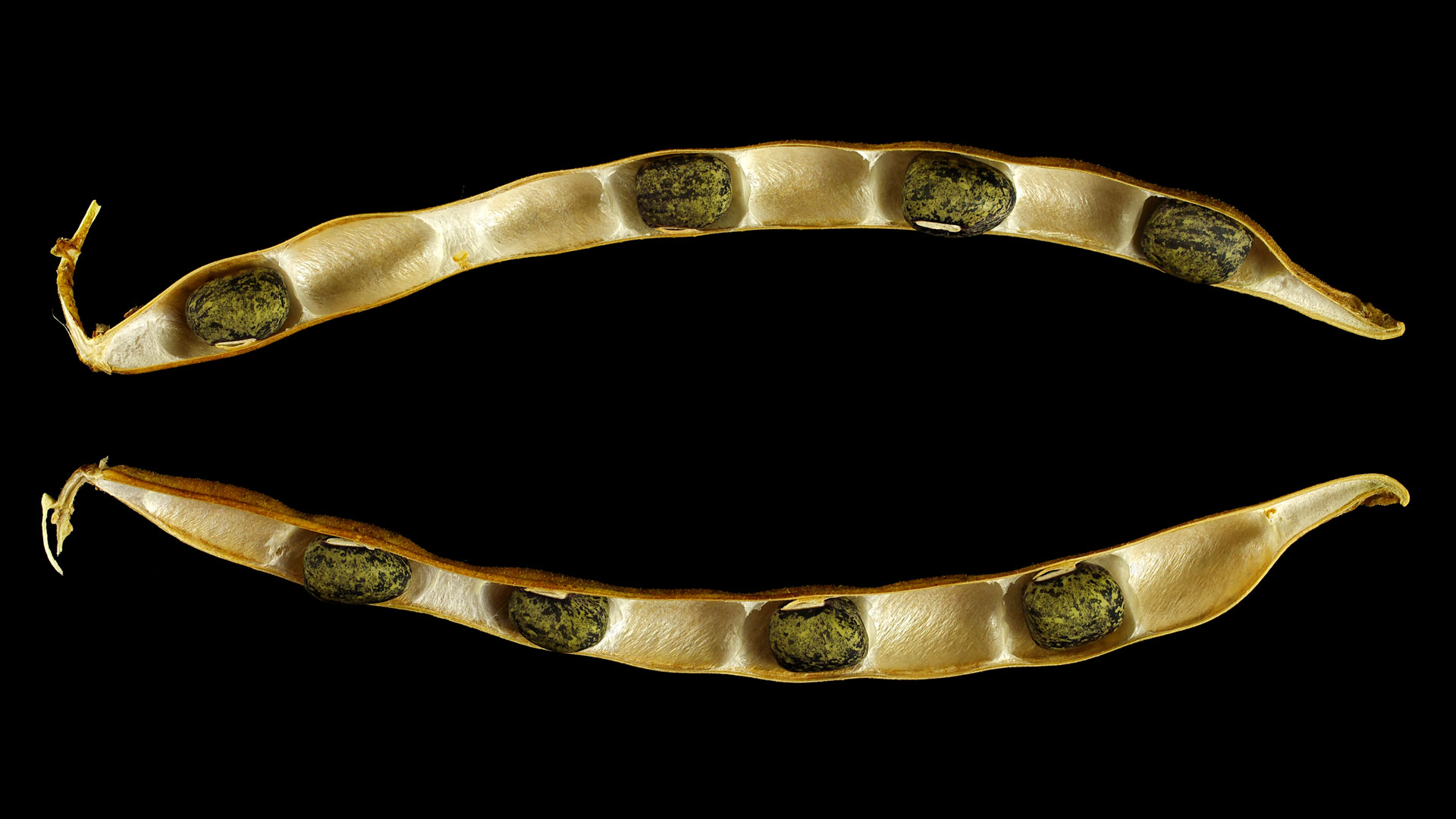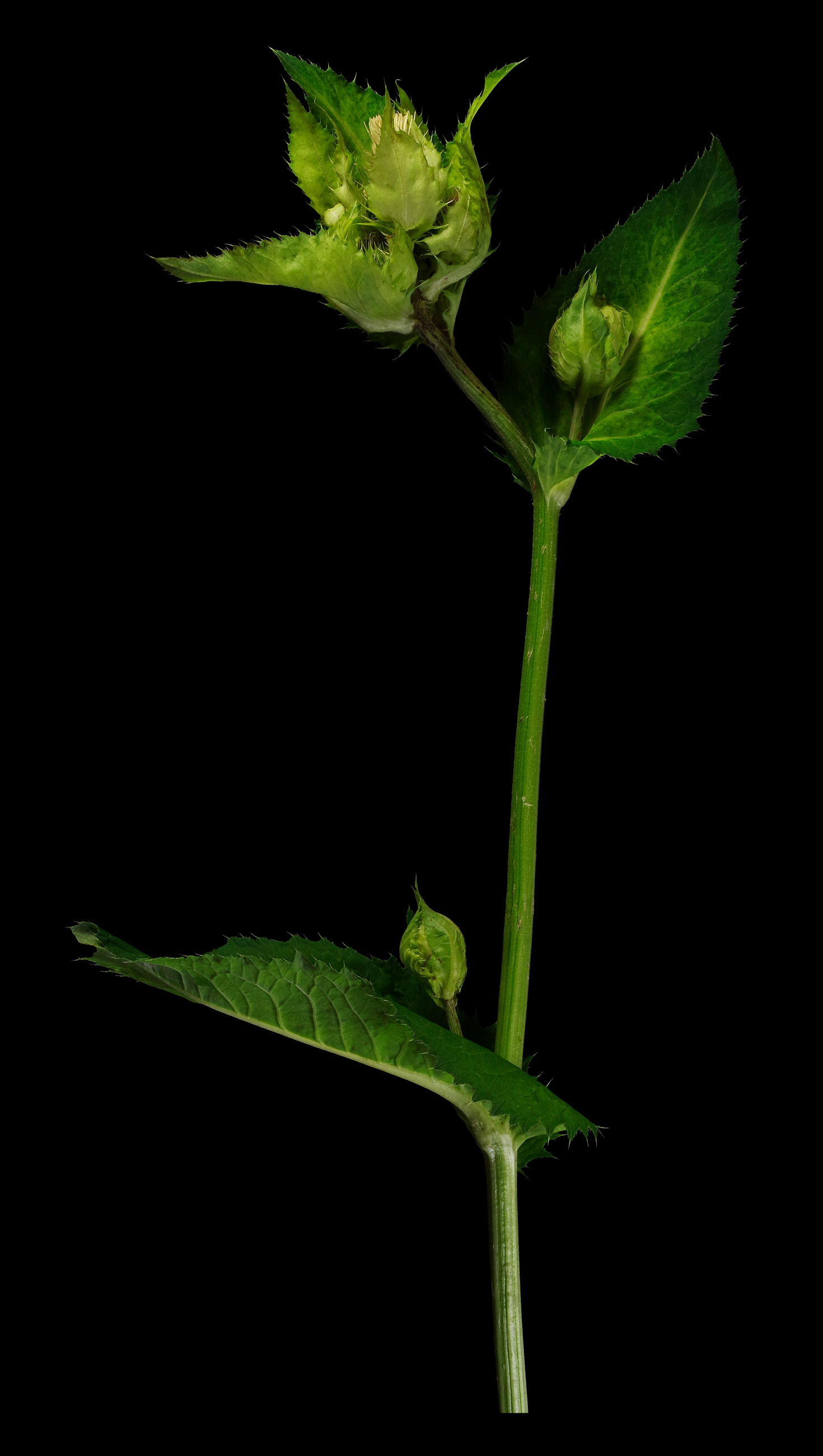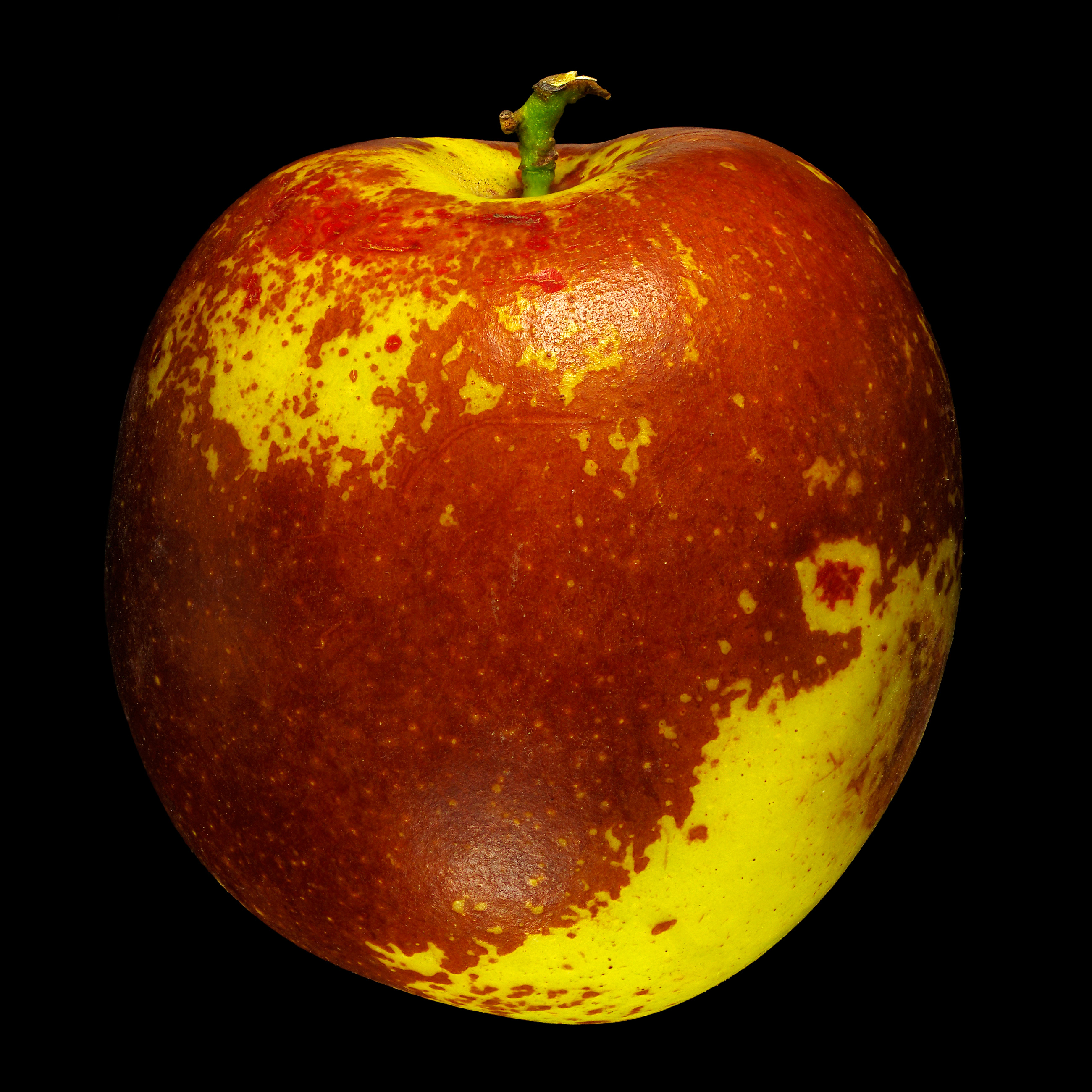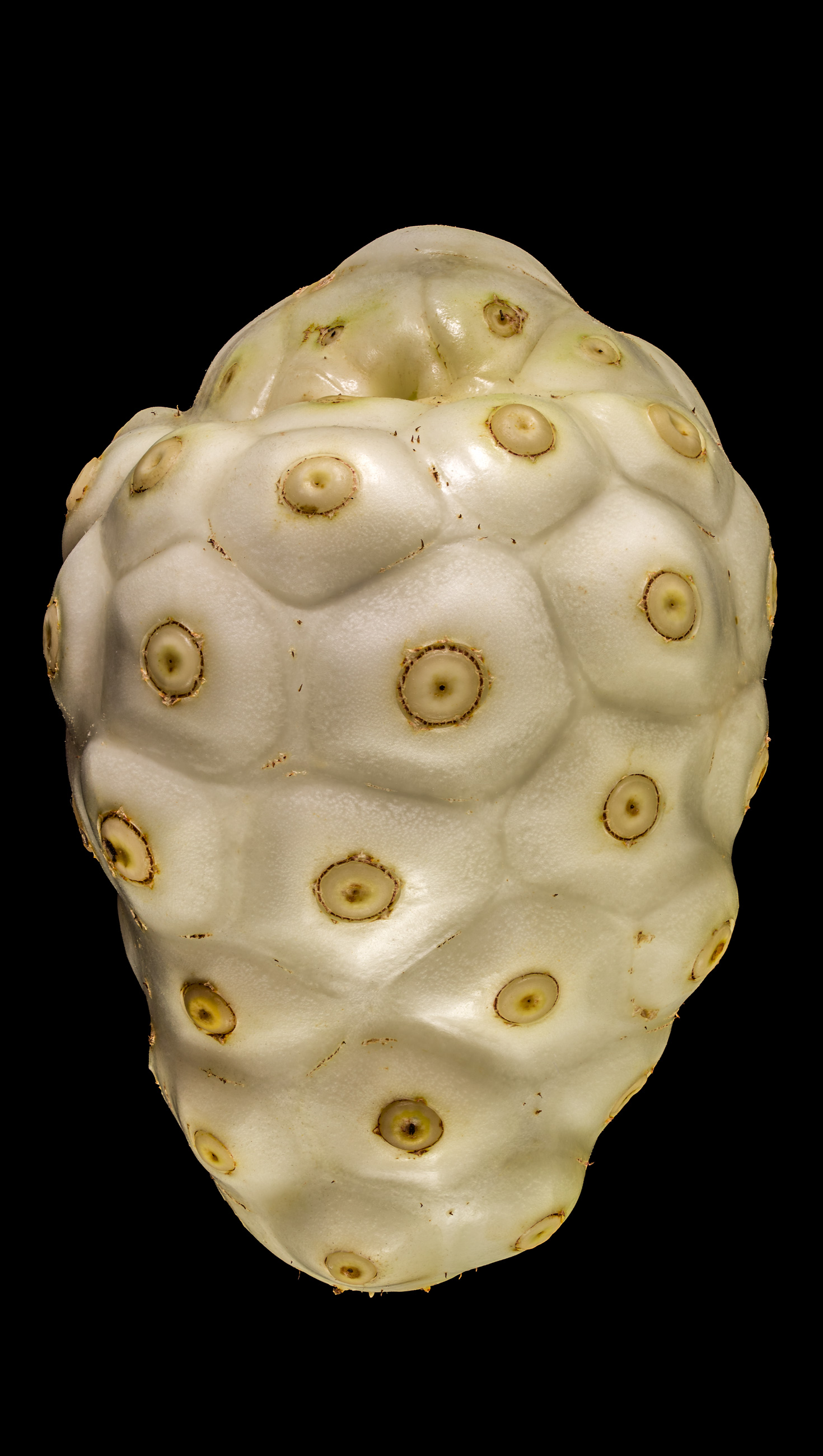Search Results for Farther India
The Tartary or India buckwheat can be used like the common buckwheat.
When the fruit ripenes, it turns red, unfortunately it becomes also very mushy. The tindola, as the fruit of the ivy gourd plant is called, is eaten as a fruit-vegetable. Ripe fruits can be candied. In tropical Asia the young shoots are also eaten.
Under the light green skin of these large, still immature fruits is a white, firm fruit flesh, whose sticky latex quickly turns yellow.
In contrast to other types of lime, kaffir limes contain little juice, which is why the use of the essential oils in the dish is the focus.
They are mostly cooked along with the other ingredients as a whole, so that they release their abundant aromatic oil, but the leaves are too leathery to be eaten.
The approximately 1 cm small fruits of the Hong Kong kumquat are the smallest citrus fruits in the world. In principle, they are edible, but they have little to offer because there is almost no flesh.
Mainly, the bizarre fruits of the bitter melon are used, but the leaves are also edible…
Boiled, fried or filled and baked, the immature fruits are very appreciated because of their bitterness.
As soon as the small fruits of pheasant berry are ripe and therefore dark brown and soft, they taste intensely like slightly burnt (bitter) caramel.
A mash can be prepared from green rice and it is used as a coating for frying. With sugar, green rice can be cooked to brittle.
Krachai is closely related to ginger and shares many of its properties as a spice, so that it can be used wherever ginger is needed.
The kernel (nucellus) contains a lot of starch (and vitamins), so that a flour can be obtained from them after roasting, with which flat bread is baked or crackers called „emping“ are fried.
If the sponge gourd, which is also called vietnamese luffa, is still immature, its net-like tissue is not yet lignified and therefore soft and edible.
Java apples are usually eaten raw as dessert fruit, but sometimes they also find their way into spicy dishes.
Despite its numerous uses, which are also used for medical purposes, Job’s tears are not very popular compared to other cereals. The cultivation is even declining.
Water chestnuts are usually peeled and then cooked. When cooked, the white tuber tissue retains its crunchy consistency, reminiscent of firm apples.
The plant with the beautiful name „fish mint“ has a quite unique, strong taste, which certainly not everyone likes.
The carambola or star fruit is often used for decoration at buffets or in cocktails.
From the ripe seeds of the horseradish tree, which is also called ben oil tree, the sweet-tasting ben oil is obtained, which does not turn rancid.
Sorghum is a staple food in parts of Africa (especially West and East Africa) and India.
The tubers of this Yam grow far above the ground in the leaf axils of the liana. Nevertheless, these can be quite large and heavy.
The leaves of the curry tree have a „heavy“ aroma, which gives vegetable dishes more substance.
The abundant juice of unripe fruit is used for the production of lemonades or fruit juices.
Brown gram: Vigna mungo (seeds) Used since ancient times The small, dark Brown Grams have been cultivated in India for 3000 to 4000 years. They are cooked in a whole, halved (separate cotyledons) or sprouted. Dried and processed into flour,
The long, immature capsule fruits of the horseradish tree are called “drumsticks” where they are used as fruit vegetables.
Young leaves and stems are edible as vegetables, the small flower buds can be prepared like artichokes.
During the ripening process, the initially yellow fruit is covered more and more with reddish-brown spots until the whole skin is brown.
Although the noni not only smells bad but also tastes bitter, the ripe and unripe fruits and seeds are eaten.



